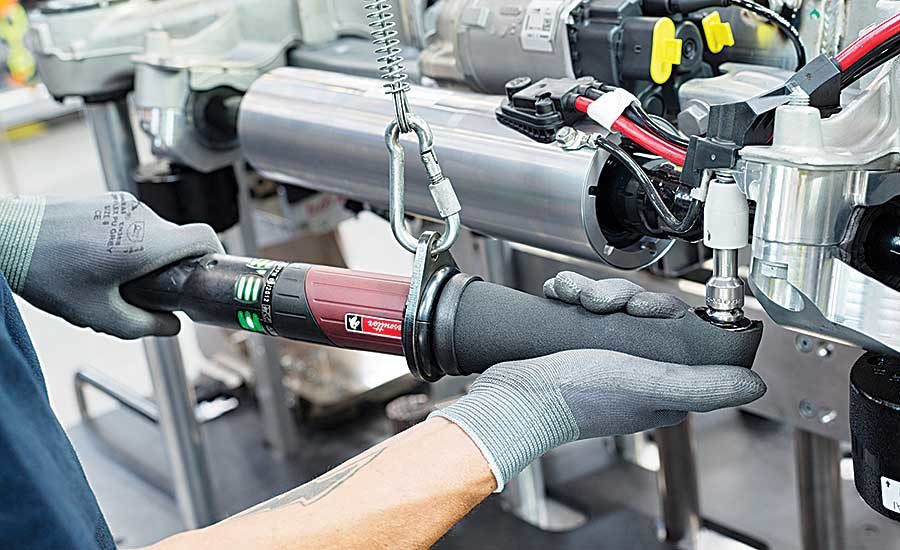Honda used to specify 181 ft lbs for the J series crank pulley bolts. Some time in the late 2000’s, they changed their position to 47 ft lbs + 60 degrees. No changes were made to the bolt or engine.
I think the 47 ft lb is just the initial torque to seat the crank pulley. According to my torque wrench, turning the bolt by 60 degrees resulted in a final torque of 153.5 ft lbs.

Which method is more accurate (or sufficient)?
I think the 47 ft lb is just the initial torque to seat the crank pulley. According to my torque wrench, turning the bolt by 60 degrees resulted in a final torque of 153.5 ft lbs.
Which method is more accurate (or sufficient)?

